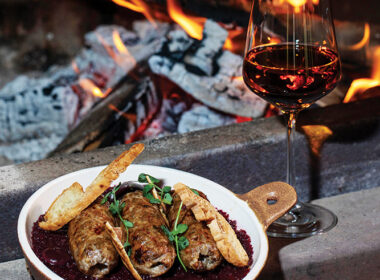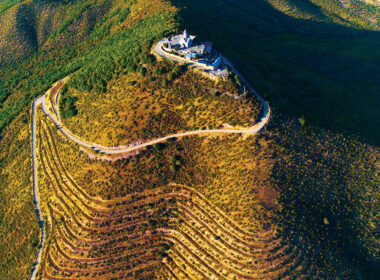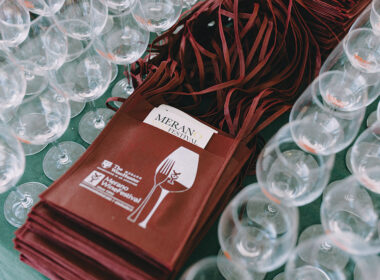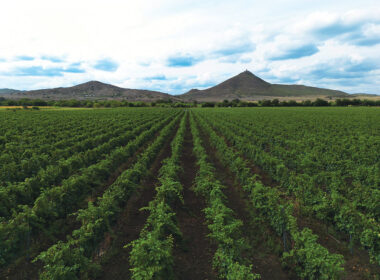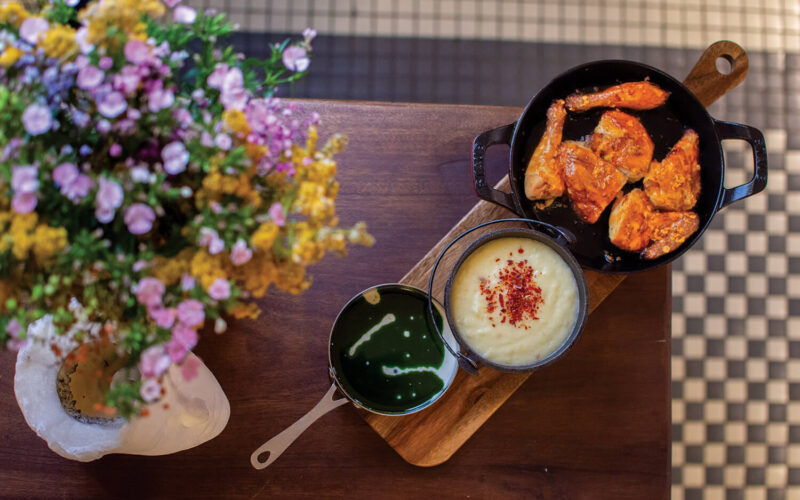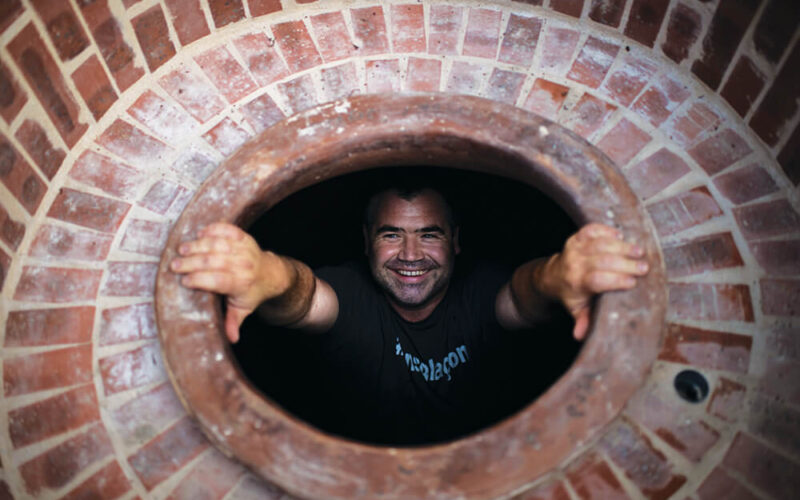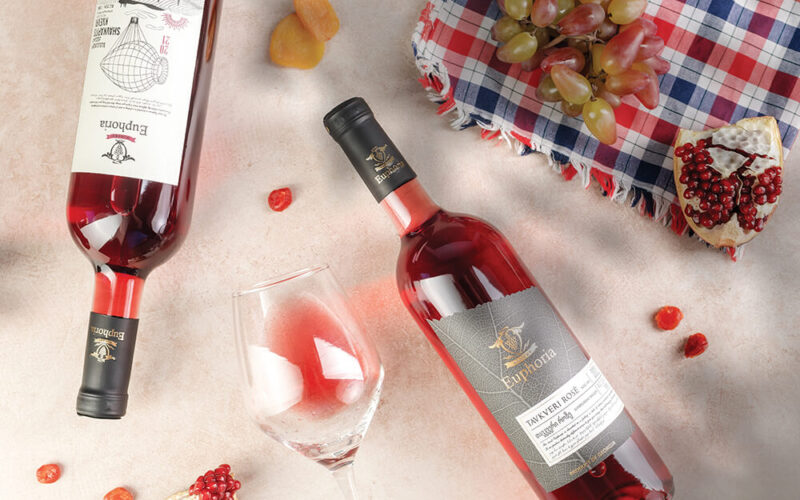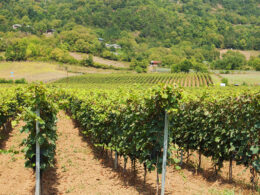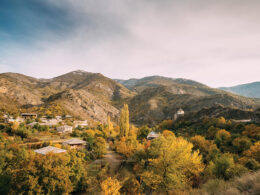/ NINO KILTAVA | Nunuka’s Owner
Samaia is a Georgian dance, and these three ladies wearing Chikhtikopi (a traditional Georgian headpiece) are the symbol and the company logo of Nunuka- the restaurant which opened under the leadership of chef Davit Narimanishvili in the heart of Madrid last year and is now writing the modern history of Georgian gastronomy with its unique handwriting, refined interior, team, dishes, and atmosphere. All of this will undoubtedly make you want to go back; in the same way you would feel about returning home.
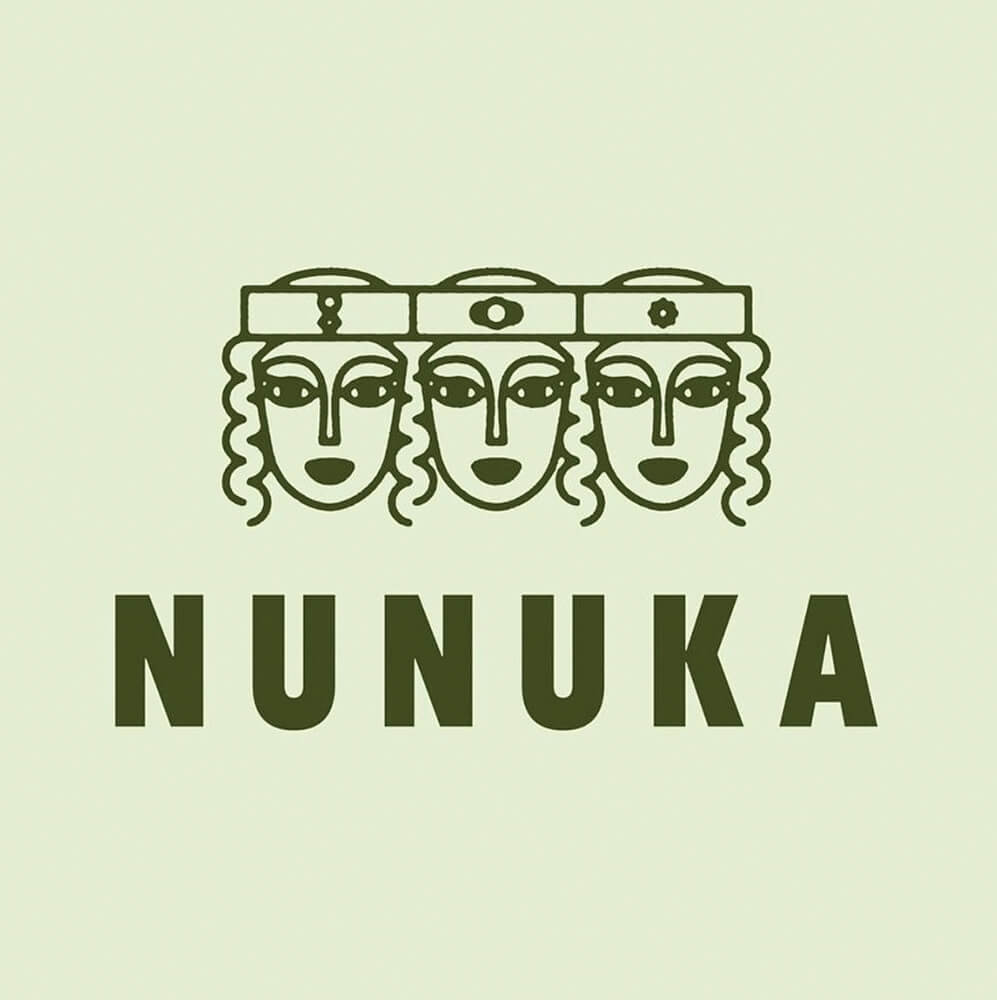
The centuries-long history of Georgian gastronomy is not yet well known in the Spanish Capital. Nino Kiltava- the owner, says that she considers herself lucky, that the restaurant, the atmosphere, and the menu- all that unites traditional Georgian dishes (with their unique flavours and presentation) was so well received by Madrid.
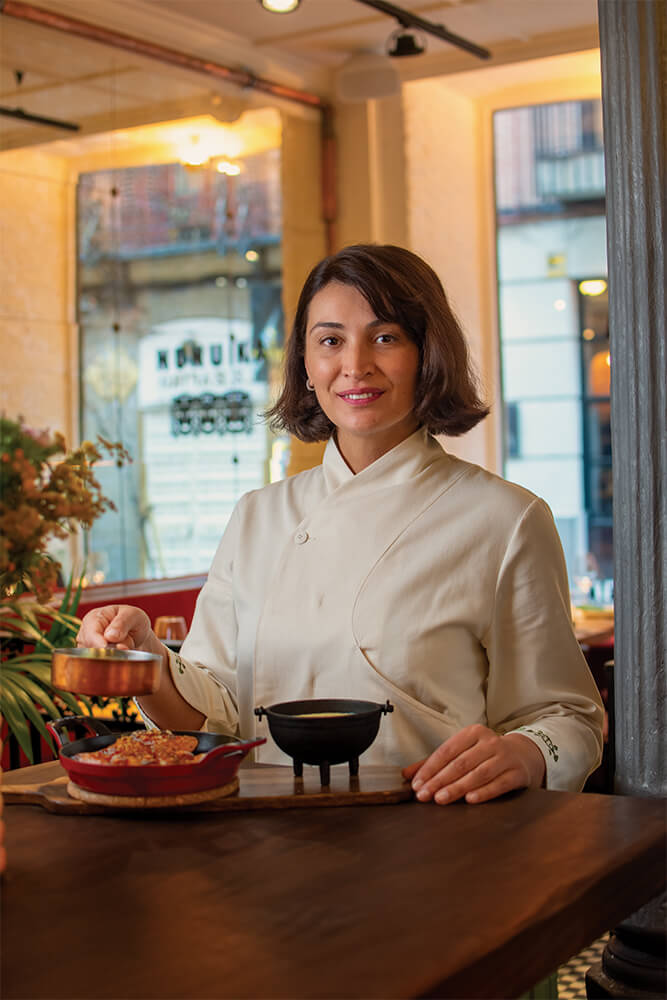
“We are doing our best to fit in with Spanish taste without losing the most important thing-the Georgian flavours. The Georgian Supra concept is presented differently in Nunuka, for which we received a lot of praise, and the Spanish press actively writes about us, since Georgian cuisine is like a new discovery for them.
From the very beginning, when I first started thinking about opening the restaurant in Madrid, my desire was for Spaniards to get to know Georgian gastronomy through Nunuka, to experience these unique, unforgettable flavours, to come to us as if it was home, enjoy the food, then return.
For creating the atmosphere, Nino used many Georgian details in the interior- amongst them are some old objects, some of which she brought to Madrid from her grandmother’s home.
“I no longer have the fear I used to have in the beginning when I did not know if we would be able to establish Georgian dishes in the daily lives of Spaniards. Fortunately, they received it all very well as we adopted lighter, well-refined versions of traditional Georgian dishes and topped it off with fascinating presentation. There are many business centres and offices in this area, therefore we have many guests for lunch and dinner. We make all our dishes using local produce and bring spices, Kakhetian oil, jonjoli, and smoked cheese from Georgia. I am excited that we have such an amazing, all-Georgian team, all of whom are formidable hosts, and we all have taken a huge responsibility- to better amiliarise the Spanish, not only with Georgian flavours, but with Georgian culture and the country as well. In a short span of time, we gave many people the desire to visit Georgia, and we are delighted to hear about their impressions upon their return. I am proud to say that thanks to Nunuka, many in Madrid have learned about Georgia. There is also a noticeable interest from the local media. In almost every Spanish magazine and newspaper, it was written that: Nunuka the restaurant, where you discover appetising, unknown, Georgian cuisine,” “Georgian tastes in the centre of Madrid,” etc.
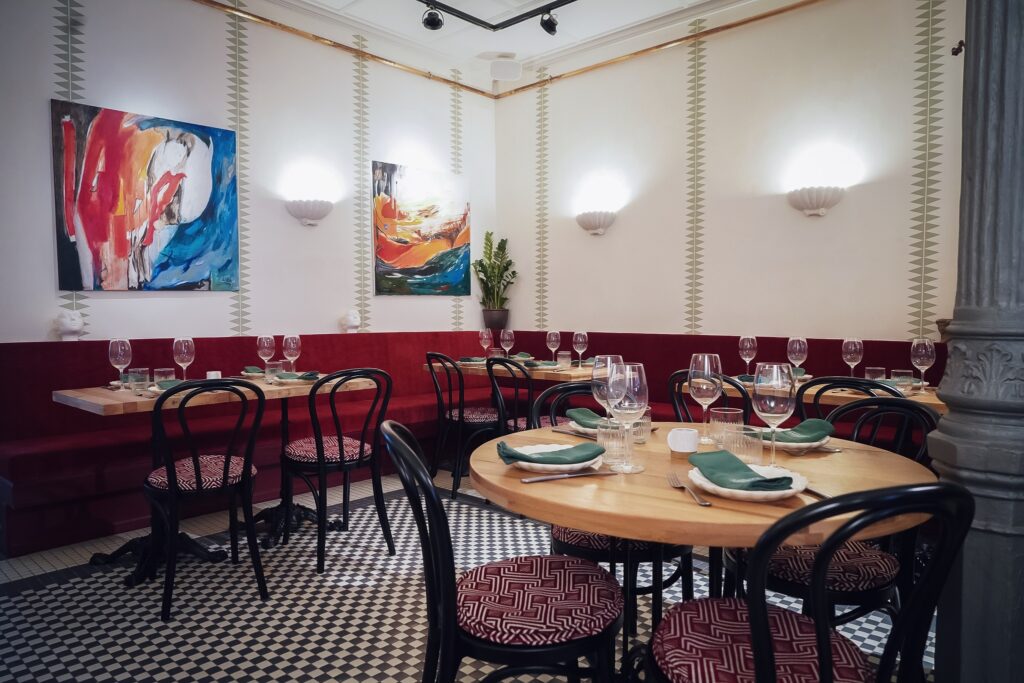
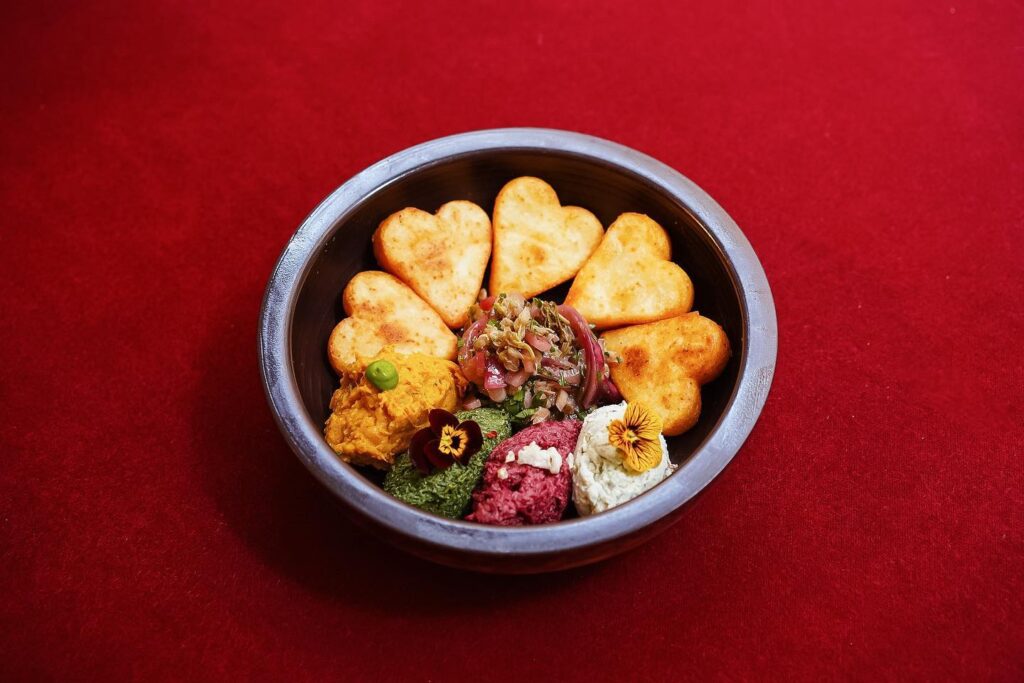
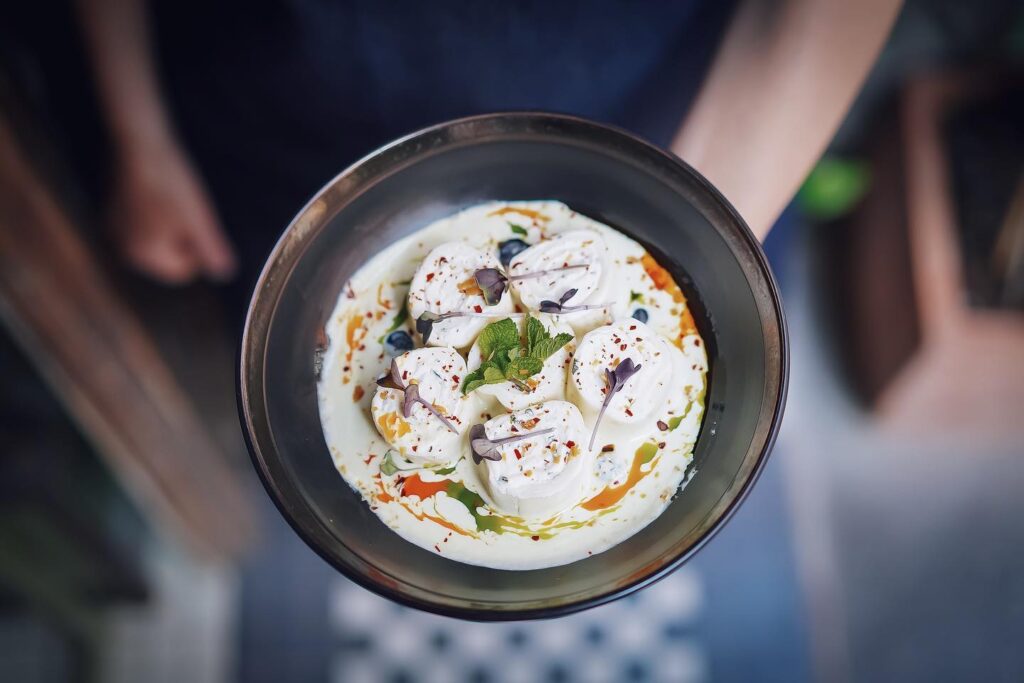
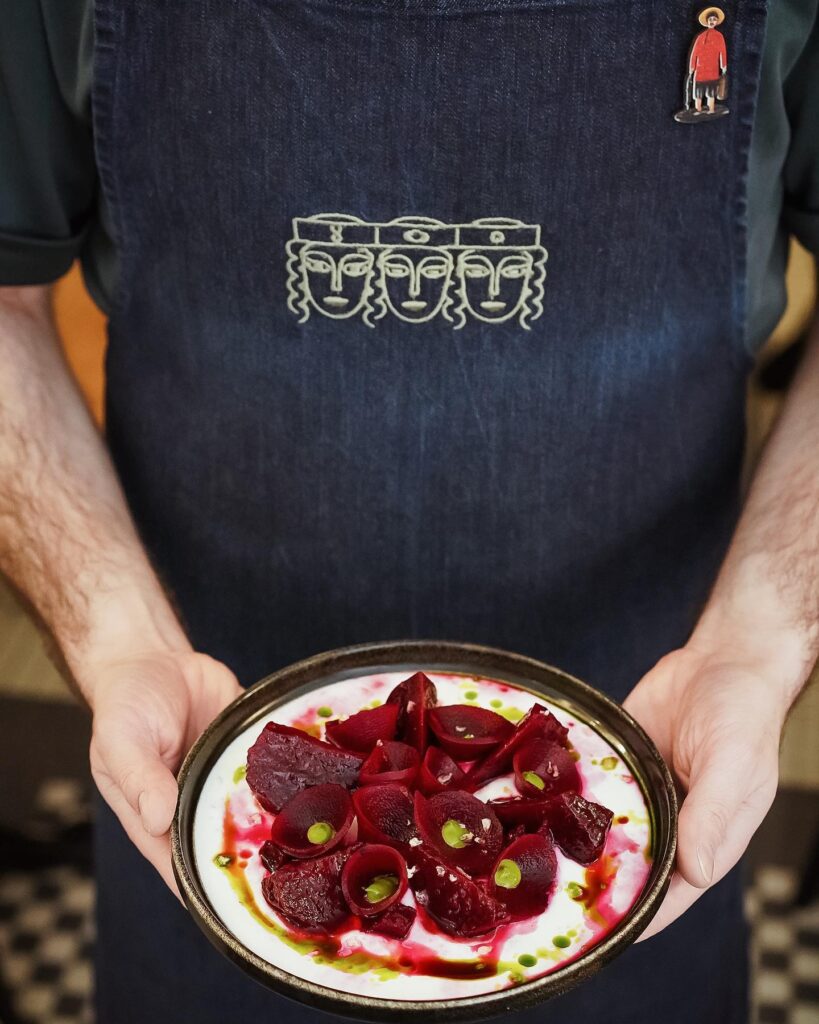
On Nunuka’s menu, there are khinkali, khachapuri (acharuli and imeruli,) chakhaluli, kharcho with prawns, shkmeruli, tashmijabi and many more. In Summer, they also add some seasonal dishes to the menu. Nino says that the guests are particularly fond of khinkali, both with meat and vegetarian (made with mushrooms and ricotta,) which is very popular; however, the restaurant team is more attentive towards the dishes which are less known. “Georgian cuisine is inexhaustible and vibrant. Aside from khinkali, we have many wonderful dishes which we undoubtedly have to introduce to our guests and make them fall in love with, such as Tashmijabi and Shkmeruli, a combination that you can only find with us. Shkmeruli, which is one of Nunuka’s exceptional dishes, in Nino’s words, has already overtaken the khinkali in popularity. “We marinate the poussin for 24 hours and roast it afterwards. For Shkmeruli sauce, garlic is a vital ingredient, but local garlic, compared to the Georgian variety, has a very pungent and overpowering taste; therefore, it cannot be used raw. To balance its intensity, we braze it first, then dilute it with some chicken bouillon and add some milk, and that is how we get the delicious sauce. In Nunuka, Shkmeruli is garnished with Tashmijabi (a potato and cheese dish from Svaneti.) When we were deciding on a garnish, I chose tashmijabi, which I had tasted in Svaneti and fallen in love with. In the end, the combination of these two dishes turned out to be so appealing, that our guests loved it as well. To prepare Tashmijabi we use smoked cheese, which we brought from Georgia, which gives it a unique flavour.”
In addition to Georgian dishes, Nunuka offers a selection of Georgian marani wines from Chelti, Dugladze wine company, Bagateli, and Koncho & Co. They often hold wine tastings attended by food critics, journalists, and sommeliers. “Media is an excellent means of promotion; therefore, above all, I wish to introduce Georgian cuisine to them as well as the wine- one of our country’s strongest sides,”– said Nino.
In the case of the right strategy, Georgia has the potential to become a favourite destination for European tourists. The goal of Nunuka’s team is just that- to aid in the popularisation of Georgian wine and cuisine in Spain.
It’s already in the works to make Nunuka’s wine list more vibrant with qvevri wines and wines produced by small Georgian wineries. “The uniqueness of such wineries lies in their quality, most of which concentrate on organic farming and natural wine production, for which there is a high market demand.”
This year, Nunuka was listed in the Michelin Guide.

